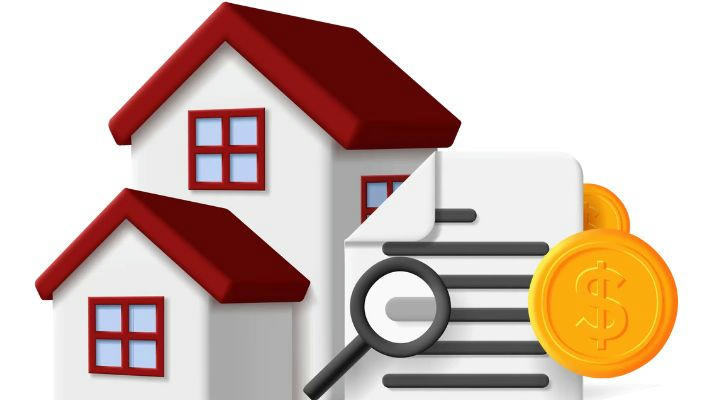the ultimate guide to property insurance protecting your home and investments
Your home is more than just a place to live—it’s one of your most valuable assets. Whether you own a house, a condo, or a rental property, protecting it from unexpected events like fires, theft, or natural disasters is essential. This is where property insurance comes in. Property insurance provides financial protection for your home and belongings, ensuring that you can recover quickly from losses without facing significant financial strain. In this article, we’ll explore the different types of property insurance, compare options, discuss pricing, and highlight discounts and offers to help you make the best choice for your property.

Types of Property Insurance
Property insurance isn’t one-size-fits-all. Depending on your needs, you can choose from several types of coverage:
1. Homeowners Insurance
- What it covers: Protects your home, personal belongings, and liability for injuries or damage to others on your property.
- Why it’s important: Essential for homeowners, as it covers both the structure and contents of your home.
2. Renters Insurance
- What it covers: Covers personal belongings and liability for renters, but not the physical structure of the rental property.
- Why it’s important: Affordable protection for renters who want to safeguard their possessions.
3. Condo Insurance
- What it covers: Covers the interior of your condo, personal belongings, and liability, while the condo association’s master policy typically covers the building’s exterior.
- Why it’s important: Tailored for condo owners who need coverage for their unit and personal items.
4. Landlord Insurance
- What it covers: Protects rental properties, including the building, liability, and lost rental income due to covered events.
- Why it’s important: Essential for property owners who rent out their homes or apartments.
5. Flood Insurance
- What it covers: Covers damage caused by flooding, which is typically excluded from standard homeowners insurance policies.
- Why it’s important: Critical for properties in flood-prone areas.
6. Earthquake Insurance
- What it covers: Covers damage caused by earthquakes, which is also excluded from standard policies.
- Why it’s important: Necessary for homeowners in earthquake-prone regions.
7. Vacant Property Insurance
- What it covers: Protects unoccupied homes or properties under renovation.
- Why it’s important: Provides coverage for properties that aren’t regularly inhabited.

Comparison of Property Insurance
When choosing a property insurance policy, it’s important to compare options to find the best fit for your needs. Here’s what to consider:
1. Coverage Limits
- Ensure the policy provides adequate coverage for your home’s structure, personal belongings, and liability.
2. Deductibles
- Higher deductibles can lower your premiums but mean higher out-of-pocket costs in the event of a claim.
3. Exclusions
- Check for exclusions, such as flood or earthquake damage, and consider additional coverage if needed.
4. Customer Reviews
- Research the insurer’s reputation for customer service, claims processing, and overall reliability.
5. Additional Coverage Options
- Look for add-ons like replacement cost coverage, which pays to replace damaged items at current market value rather than their depreciated value.
Price of Property Insurance
The cost of property insurance depends on several factors:
1. Location
- Properties in areas prone to natural disasters, high crime rates, or severe weather may have higher premiums.
2. Property Value
- The higher the value of your home and belongings, the more expensive the insurance.
3. Coverage Type
- Comprehensive policies with higher coverage limits and additional protections will cost more than basic plans.
4. Deductible Amount
- Choosing a higher deductible can lower your premium but increases your out-of-pocket costs during a claim.
5. Claims History
- A history of frequent claims can result in higher premiums.
On average, homeowners insurance costs $1,200-$1,500 annually, while renters insurance is significantly cheaper, averaging $150-$300 per year.
Discounts and Offers on Property Insurance
Property insurance doesn’t have to break the bank. Here are some ways to save:
1. Bundling Discounts
- Many insurers offer discounts if you bundle property insurance with other policies, such as auto or life insurance.
2. Security System Discounts
- Installing a security system, smoke detectors, or fire alarms can qualify you for lower premiums.
3. Loyalty Discounts
- Some insurers offer discounts to long-ter
Conclusion
Property insurance protects your home and belongings from damage, theft, or disasters. It provides financial security, covering repair or replacement costs, and ensures peace of mind. Regularly review your policy to maintain adequate coverage and understand exclusions. It’s a vital safeguard for your most valuable assets.
